 Basement wall cracks are the most common source of seepage problems. If you have a foundation that is constructed of poured concrete, there’s a very high likelihood there is a crack somewhere in your foundation. If your basement is finished, it can become a challenge to find them.
Basement wall cracks are the most common source of seepage problems. If you have a foundation that is constructed of poured concrete, there’s a very high likelihood there is a crack somewhere in your foundation. If your basement is finished, it can become a challenge to find them.
Before you start ripping down your drywall or paneling, take a walk outside.
Walk around the exterior of your home. It’s best if there is still daylight. Otherwise, grab a powerful flashlight. And make sure to bring your eyeglasses with you.
The first thing you want to do is locate the top of your foundation wall.
Ideally, it should extend above your grading at least a few inches. If not, grab a shovel and pull back the soil enough so you can expose the top of the foundation.
Once the foundation is exposed and identified, clean off the surface of the wall.
A wire brush will usually do the trick. Now, slowly scan the exposed portion of the foundation and look for hairline cracks. When I say hairline, some cracks are just 1/16 of an inch wide. Now you know why I said grab your glasses! Here’s a photo to give you a better idea:
Spend some extra time on the sections of the wall that correspond with basement seepage.
Say, for instance you noticed the carpeting was wet about ten feet to the left of your chimney inside your basement. When you go back outside, measure ten feet to the right of the chimney.
Don’t expect to find cracks all over the place.
The average house has between two and eight foundation cracks. Don’t be fooled by form lines in the foundation. They are superficial and don’t leak because they don’t go all the way through the wall. Form lines are left in the concrete when the wood forms are pulled. They are found at fixed intervals.

StablWall is an innovative solution designed to reinforce walls and structures, making them incredibly strong and durable. It is crafted using cutting-edge technology, combining carbon fiber sheets with specially engineered bonding adhesives. When applied to a wall or structure, these materials undergo an intense chemical reaction, transforming them into a unified and solid entity. The result is astounding – a finished product that boasts a strength ten times greater than steel!
One of the standout features of the StablWall system is its adaptability. No matter the architectural challenge, StablWall rises to the occasion with ease. Its versatility allows for various application methods, ensuring a seamless fit for any project. Whether it’s horizontal reinforcement, vertical support, stair-step stability, or a corner wrap, StablWall can handle it all with the utmost efficiency and effectiveness.



